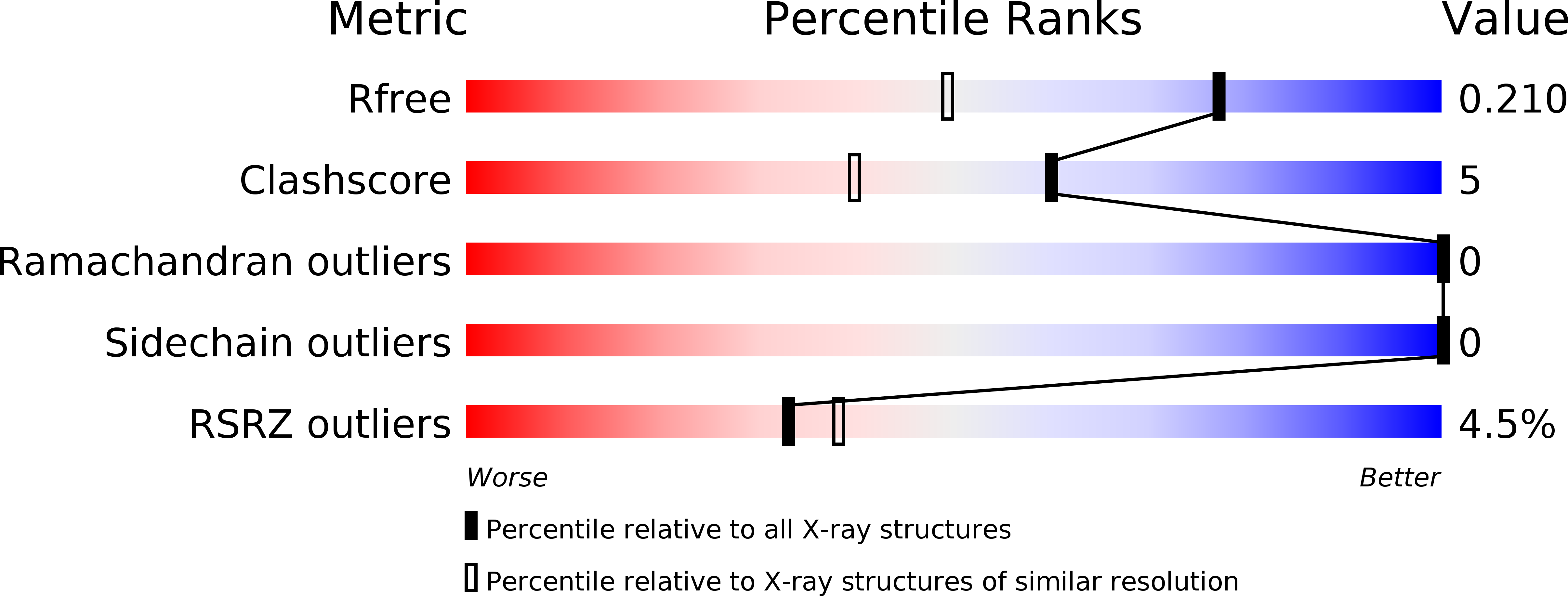
Deposition Date
2003-03-10
Release Date
2003-11-11
Last Version Date
2024-02-14
Entry Detail
PDB ID:
1OQJ
Keywords:
Title:
Crystal structure of the SAND domain from glucocorticoid modulatory element binding protein-1 (GMEB1)
Biological Source:
Source Organism:
Homo sapiens (Taxon ID: 9606)
Host Organism:
Method Details:
Experimental Method:
Resolution:
1.55 Å
R-Value Free:
0.21
R-Value Work:
0.19
R-Value Observed:
0.19
Space Group:
P 21 21 21


